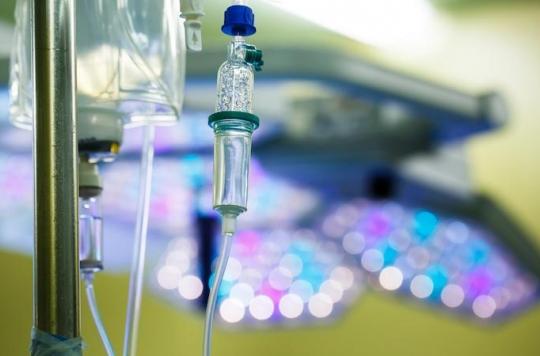The Medicines Agency has confirmed that four deaths were attributable to venous thrombosis linked to Diane 35. Wrongly used as a contraceptive, this anti-acne could be withdrawn from the market.

It is not 7 but four. A few hours after the disclosure in the press of the elements of a report from the National Agency for Drug Safety reporting 7 deaths of women linked to the drug Diane 35, the latter set the record straight: “Among of the cases cited from the pharmacovigilance database, four deaths are attributable to venous thrombosis linked to Diane® 35 ”, states the Ansm press release. “For the three other cases mentioned, the cause of death is linked to the underlying pathologies of the patients concerned. These pathologies seem to have played an essential role in the death and taking Diane® 35 does not seem to be involved. “
These data, resulting from the declarations of doctors in the national pharmacovigilance system since 1987, also show 125 other cases of thrombosis notified over the same period. 113 concerned venous thrombosis and 12 arterial thrombosis.
As we indicated, the Ansm confirms that an evaluation of the benefit / risk ratio of this drug was underway and that the results would be published next week.
Diane 35 is licensed in 135 countries and sold in 116 countries. In the majority of them, this drug has the indication “acne” or “androgen dependent disease”, but, in some cases, the indication “oral contraception” is also associated. In France, this drug was marketed in 1987 for the treatment of acne in women. But, in the majority of cases, it is prescribed as a contraceptive pill. In 1992, an estimated 315,000 women would be treated with Diane 35 or one of its generics.
Finally, the Ansm specifies that the contraindications to the use of Diane 35, such as a history of arterial or venous thrombosis, as well as the presence of cardiovascular risk factors, appear in the Summary of Product Characteristics. The SPC is intended for healthcare professionals in addition to the indications in the Marketing Authorization.
In fact, these warnings are not heeded by doctors. Given the large number of off-label prescriptions and pharmacovigilance results, the Medicines Agency should propose in a few days, either to strengthen checks with doctors, or to request the outright withdrawal of this medicine.
.














